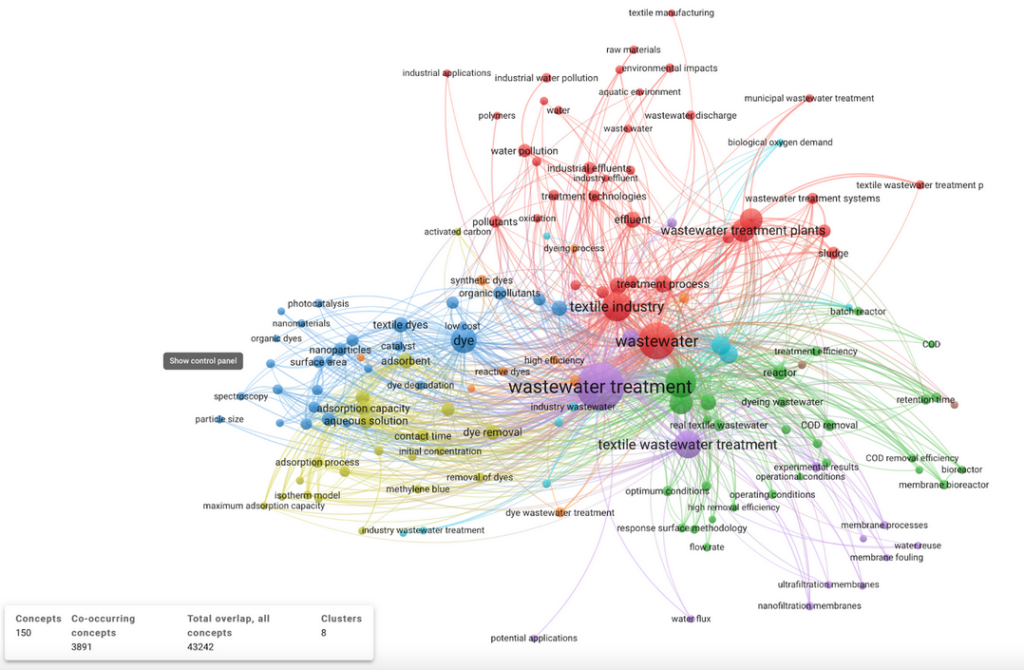The world’s research effort into wastewater pollution caused by the textiles industry has increased threefold over the past five years, according to a new analysis using data from Dimensions.
The rise in research correlates with the implementation in 2016 of the United Nations’ Sustainable Development Goals (SDGs) for 2030, particularly SDG6, relating to clean water and sanitation for all.
The analysis, conducted by Digital Science’s Dr Briony Fane and Dr Juergen Wastl, utilised data from Dimensions to discover almost 4,500 research papers published over the past 10 years that specifically dealt with wastewater pollution and the textiles industry. They found that, before the launch of the UN SDG’s, 35% of publications that related to clean water and sanitation included industrial wastewater pollution; whereas, since 2017 and the implementation of the UN SDG’s, this rose to 99% of publications.
Dr Wastl, Director of Academic Relations & Consultancy with Digital Science, says: “Part of the idea behind our analysis was to see whether the UN’s Sustainable Development Goals have impacted on research into wastewater pollution and the textiles industry, and that appears to be supported by the data.”
Dr Fane, a Research Analyst, says: “Water contamination and pollution is one of the world’s most critical environmental challenges, affecting both developing and developed nations. It’s well documented that the textiles and fashion industries have accelerated this major impact on our planet, to the detriment of human health, biodiversity, and society.

“Textile dyeing is the second-largest polluter of water worldwide, with the fashion industry producing 20% of the world’s wastewater alone. This is because textile manufacturers use large amounts of water and the resulting wastewater produces highly polluted discharge.”
With China’s water quality now among the world’s worst, Dr Fane and Dr Wastl wanted to see how much of a contribution China was making to research aimed at helping to solve the problem.
The research has revealed that the leading nations publishing on wastewater pollution and the textiles industry include China, India, Turkey, Iran, Brazil, and the United States.
The Dimensions data showed that the majority of research occurred in the fields of engineering, environmental engineering, chemical engineering, and chemical sciences, with key areas of research focused mainly on wastewater treatment and related technologies, the dyeing process, and the chemicals involved in dyeing.
Dr Wastl says: “Understanding the factors that impact on the water environment is vital for future water conservation efforts. It is our hope that this analysis will provide some insights into the global efforts to combat water pollution, and to help show where further activity in this area might be directed.”
Read the analysis in full or talk to our team to learn more about how Dimensions can support your research into the UN SDG’s.
Sign up for news and updates from Dimensions
